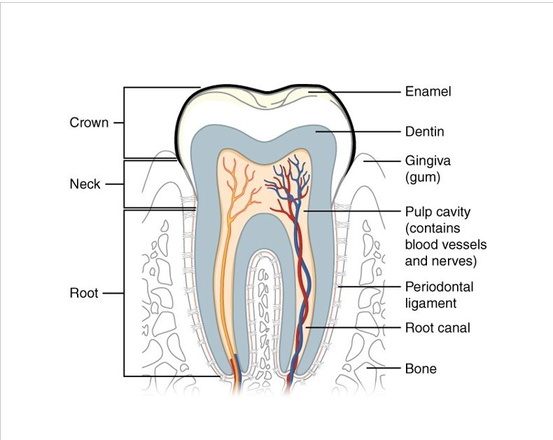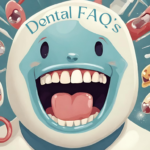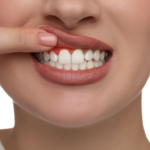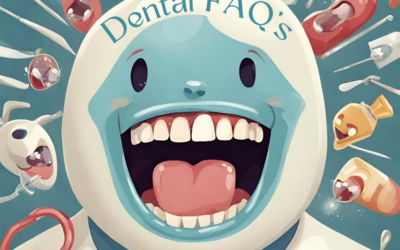Know your tooth
Continuing our earlier discussion, let us explore where and how sensitivity/pain shoots from the tooth.
Out of his bountiful love and grace, God gave us the gift of “perceiving pain” when our body system goes haywire.
Right from head to toe, when our body system witnesses a state of malfunctioning or gripped by disease or ageing factors are, symptomatically communicated by the P FACTOR known as PAIN!
Our friend “Mr. Pearly White,” 32 in number- adult/permanent set of teeth and 20 milk/baby /primary teeth, is structurally made of 2 parts: “CROWN” and “ROOT”.
CROWN- The yellowish/milky white top portion of the tooth is visible inside our mouth.
ROOT- The crown extension helps secure the tooth in the bony cavities of the jaws, known as sockets.
Our tooth is naturally protected by the hardest compound found on earth next to “DIAMOND”, known as “ENAMEL”, which forms the outer protective layer of the TOOTH (CROWN).
Enamel is the strongest substance in our body because of the mineral crystals of “CALCIUM AND PHOSPOROUS” arranged in a complex pattern.
As the enamel is translucent, it permits the colour from the underlying layer called DENTINE (2nd layer) to shine through it.
Once the tooth erupts, cells forming the enamel die, leading to a cell-free zone in the enamel. Hence, no pain or sensitivity is perceived by the enamel.
Sound enamel acts as a protective shell against acid attacks on teeth cavities causing bacteria/germs.
Though stronger than bone, enamel is brittle, leading to ‘wear and tear’. A tense situation, stress, or habitual mannerism drives abnormal tooth movements or parafunctional movements like teeth Grinding, known as Clenching / Bruxism.
This has a damaging and deleterious effect on the tooth enamel. The enamel chips get a rugged feel.
It even appears to be darker than before, giving an unpleasant look.
The dark, unesthetic appearance of the tooth is the result of the exposure of the underlying Dentine (2nd layer), which is responsible for both sensitivity and an enhanced pain response.
Multiple crack lines also develop on the enamel, weakening the tooth and causing fragmental to vertical fracture of the tooth.
The uneven and sharp edges of the tooth (ex., Molar Tooth) cause mouth ulcers, especially on the sides of the tongue.
Enamel, once it wears away, does not form back. I hope you understand by now.
Only Enamel Replacements like Tooth fillings or Restorations are possible. Thus, Prevention is always better than cure.
So, how do we protect our enamel?
Do's and Don'ts in Tooth Enamel Care
- Use soft, gentle, and proper brushing habits.
- Use of proper toothbrush and non-abrasive/fluoridated toothpaste(dentifrices).
- Avoid frequent consumption of aerated beverages and soft drinks.
- Timely and balanced food intake reduces gastritis and heartburn, preventing tooth erosions due to acid reflux.
- Avoid prolonged/non-recommended use of mouth rinses or harsh rinses that damage tooth enamel.
- Proper and thorough rinsing with clean water after meals and snacks is highly recommended.
- Conscious check and correction of the parafunctional habits like bruxism /clenching
- Practising yoga and meditation will manage stress.
I hope the enamel has been taken care of in this article! Now it is your turn to do your homework! No waiting. Start it right away. I will meet you all in my next post. Until then, Stay Happy, Healthy and Cheerful!










